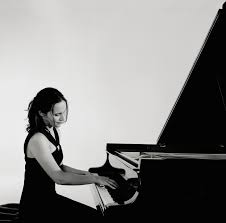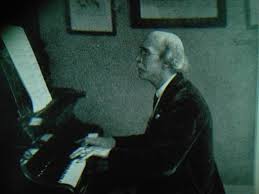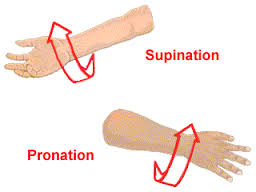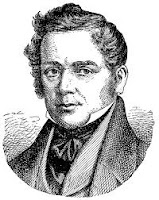 |
| Helene Grimaud |
Well, okay, in an earlier post about the little lady and Brahms' concerto, I left my gentle readers hanging. Regular readers will know what I was getting at, that it takes rather little physical strength to play the piano. This is another way of saying that efficiency is more useful than exaggerated movements, efficiency being the key word. It would be more efficient to move by some natural means than it would be to stretch the hand to an extreme, which is not a natural thing to do. By that I mean that even though the hand can be forced to extend, it doesn't like it because that is not in sync with its design.
This brings me to another point, that what we are able to see in
 |
| Tobias Matthay |
the technique is not necessarily the whole story. As you know from an earlier post, I am particularly intrigued by the title of Matthay's book, The Visible and Invisible in Piano Technique. I can't know what Grimaud is thinking when she plays this piece, but I can see that, although she allows her hands to open as needed, they never stay that way and they don't appear to be locked into an extreme position. But what is underneath, what invisible resource gives her so much power? If you close your eyes and listen, you might suppose that she would need to come down into the keys from some extreme height. But logic dictates that, in speed, there wouldn't be time for that. Open your eyes and notice that she is rather close to the keys. Whether the passage is lyrical and spread out beyond the octave, or whether she plays chords or crashing octaves, her hands remain more or less in contact with the keyboard.
 |
| No Hammering. |
The answer, of course, is that her power comes from discrete use of the forearm as described by Matthay, and she achieves speed by allowing the forearm's natural movement to propel her. This natural movement of the forearm, of course, is called forearm rotation. It underlies all that we do at the keyboard, particularly in speed, and is virtually invisible. Not to put too fine a point in it, I feel the need to add that octaves or chords in speed will not succeed if the forearm is employed in an up and down, hammer-like movement. This is not an efficient movement in speed.


















